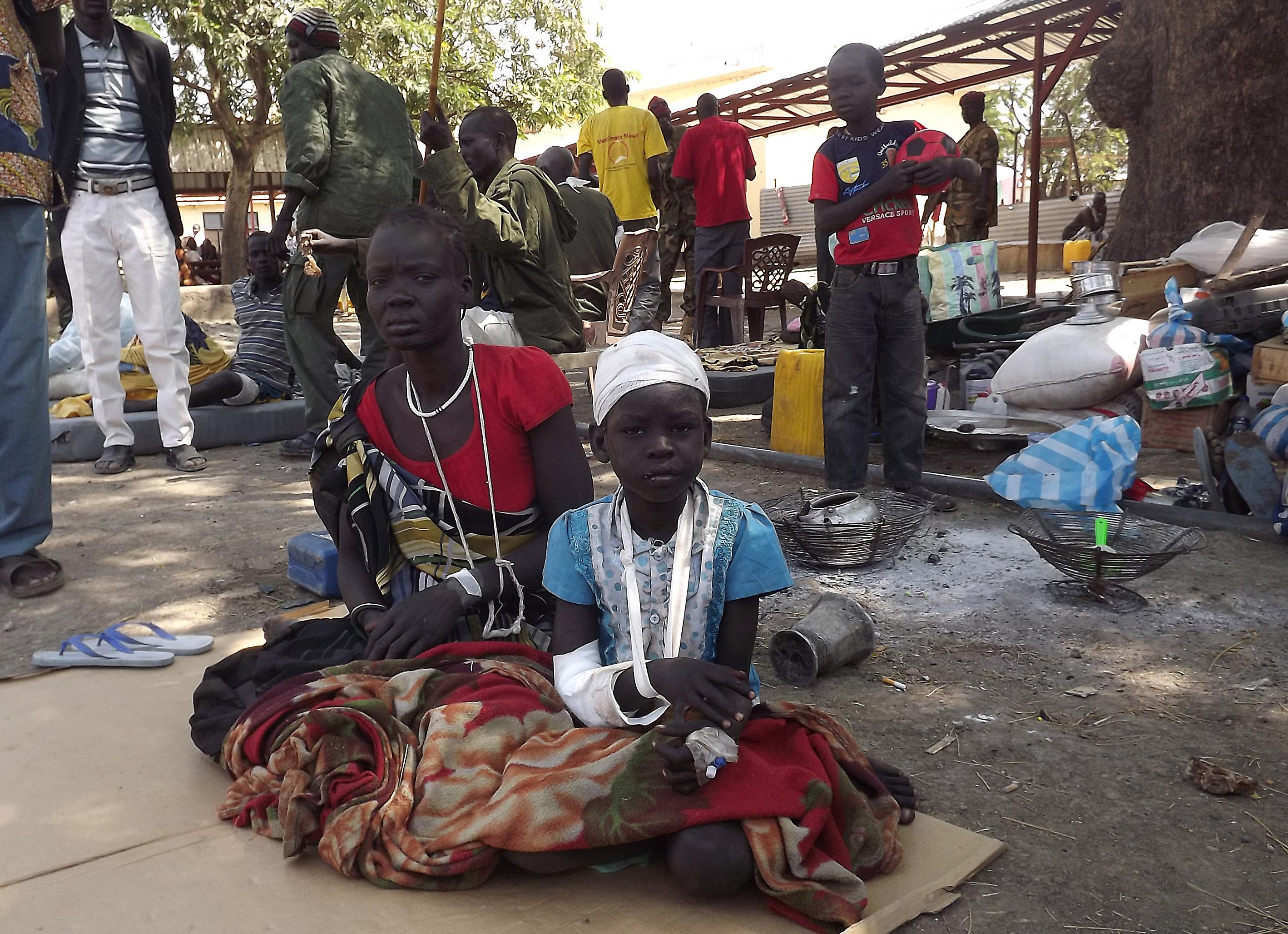The odds were always stacked against South Sudan, the world’s newest country, which achieved independence in 2011 with one of the world’s poorest populations, an unsettled oil-rich border with its primary antagonist Sudan, and a nearly complete checklist of warning signs for state failure.
But with the ethnic and political violence that has killed at least 1,000 people and displaced nearly 200,000 in the past two weeks, it’s hard not to reflect critically on the outsized role the international NGO community played in the country over the past two years.
As economists Greg Larson, Peter Ajak, and Lant Pritchett recount in a prescient analysis from last October, “South Sudan received approximately one billion US dollars of international assistance on an annual basis between 2006 and 2010”—the run-up to independence. “The total aid allocations for the first year after independence totaled USD $1.4 billion.”
The authors argue that the “orthodox state building and capacity building more or less failed in South Sudan, leaving the world’s newest country mired in a “capability trap. … Despite countless trainings, workshops, reforms, and a large corps of foreign technical assistants embedded within state ministries, there is an absence of real change, and [South Sudan] now “looks like a state” but performs as anything but.”
In an extreme example of this, one donor official distinguishes between the “fake ministry of finance” set up to deal with donors and advisers, and the “real ministry of finance,” which actually makes funding allocations and is “operated through backdoor dealings between South Sudanese officials, concealed from donor view.”
The authors concluded that “without any history of South Sudanese self-governance, no predecessor institutions, and starting essentially from scratch,” aid programs had been implemented “with limited South Sudanese ‘ownership’ and only notional adherence to principles of ‘aid effectiveness.’ ”
The depressing conclusion of all of this is that aid as traditionally conceived by the international donor community is “adept at solving straightforward technical or logistical problems (paving roads, building schools, immunizing children), but often struggles or outright fails when faced with complex, adaptive challenges (fighting corruption, upholding the rule of law, establishing democratic institutions).” In some cases it may even make them worse by empowering existing institutions, regardless of their quality.
The current round of South Sudan violence, which began with a political feud between President Salva Kiir and ousted Vice President Riek Machar and has exposed a bitter rift betwen the Dinka and the Nuer, the country’s two largest ethnic groups, appears to be reaching some sort of endgame with rebel forces approaching the capital and representatives of both factions meeting in neighboring Ethiopia. But the world’s youngest country is still clearly a long way from kind of institutions that will keep this from happening regularly.
(Via Chris Blattman)
